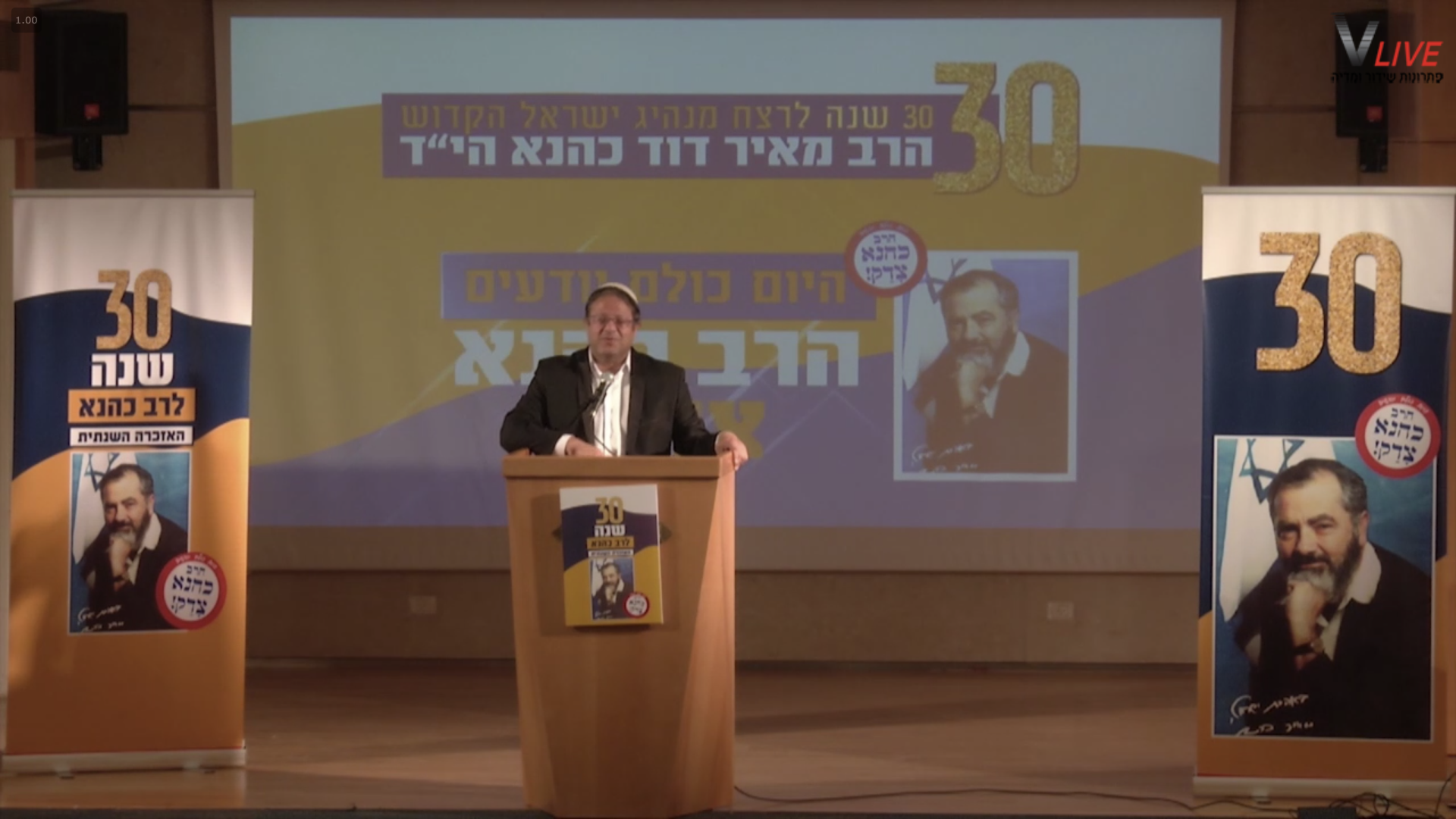Three Decades After his Death, Kahane’s Message of Hate is More Popular Than Ever
Although Meir Kahane was assassinated 30 years ago, the violent and hateful legacy of his ideology continues to shape Israeli politics. David Sheen's in-depth and long-term investigative reporting sheds light on how the intricate web of Kahanist influence is pulling Israel further and further to the








